RELATED: NEW CHIP TRANSFERS DATA USING LIGHT AT RECORD-BREAKING SPEED
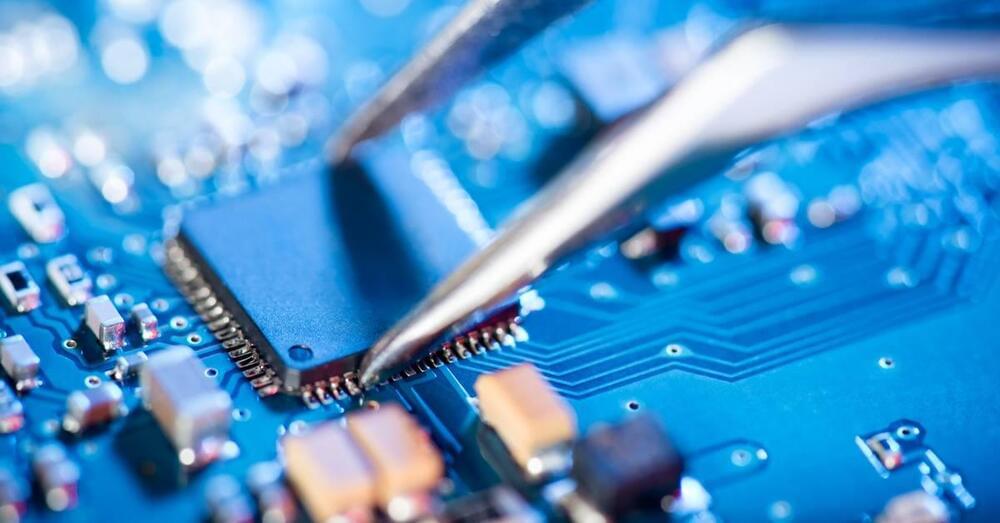


Over the past decades, physicists and engineers have been trying to develop various technologies that leverage quantum mechanical effects, including quantum microscopes. These are microscopy tools that can be used to study the properties of quantum particles and quantum states in depth.
Researchers at Silicon Quantum Computing (SQC)/UNSW Sydney and the University of Melbourne recently created a new solid-state quantum microscope that could be used to control and examine the wave functions of atomic qubits in silicon. This microscope, introduced in a paper published in Nature Electronics, was created combining two different techniques, known as ion implantation and atomic precision lithography.
“Qubit device operations often rely on shifting and overlapping the qubit wave functions, which relate to the spatial distribution of the electrons at play, so a comprehensive knowledge of the latter provides a unique insight into building quantum circuits efficiently,” Benoit Voisin and Sven Rogge, two researchers who carried out the study, told Phys.org.
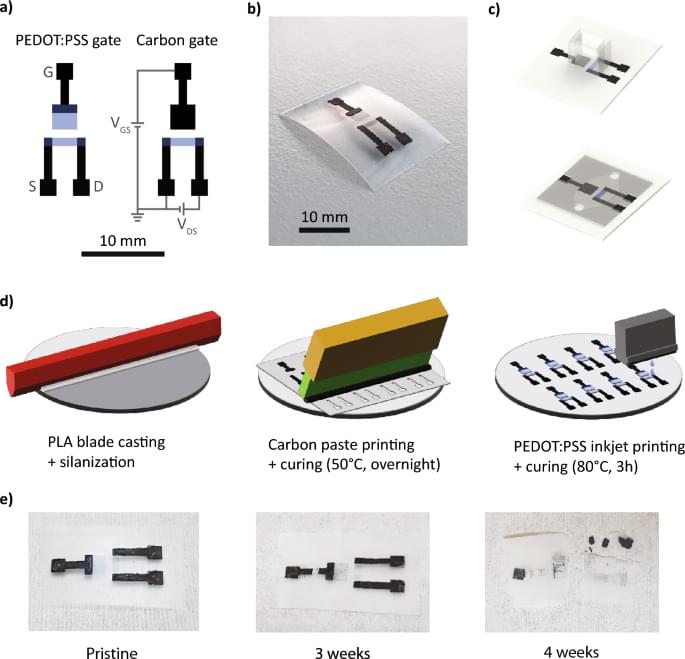
Advantageously, the fabrication of OECTs, in particular of the conductive channel, is compatible with solution-based fabrication methods and additive manufacturing, enabling cost-efficient manufacturing and rapid prototyping on flexible substrates10. This opens new possibilities in terms of the combination of materials that can be used in the manufacturing of OECTs, in particular the use of degradable materials. Degradable electronics refer to electronic systems and components that can degrade in an environment of interest spontaneously, in a controlled amount of time, and without releasing byproducts that are harmful to that environment18. With concerning amounts of electronic waste being generated, as well as exploding numbers of connected Internet of Things (IoT) devices19, there is growing interest in transient electronic systems with a service life of a few days to a few months. Although advances have been made in the manufacturing of fully degradable functional devices, i.e. antennas20, batteries21 and physical as well as environmental sensors22,23, investigations into degradable biosensors remain relatively limited24.
Advances have been made in proposing new materials for the OECT terminals, in particular the gate electrode, as its properties play a key role in modulating the transistor’s behavior. While Ag/AgCl gates offer the advantage of being non-polarizable, Au gates present little electrochemical activity in the range of voltages typical for OECT-based biosensing. Au and PEDOT: PSS gates have been explored for OECT-based biosensors, with the advantage of expanding the possibilities for bio-functionalizing the gate electrode6,25. PEDOT: PSS gates and contacts have been investigated, simplifying notably their manufacturing26. An all-PEDOT: PSS OECT was presented and shown to measure dopamine concentrations reliably and specifically27. Various forms of carbon have also been investigated for the realization of gate electrodes for OECTs8. Activated carbon gates, for example, showed increased drain current modulation due to the large specific surface area of the carbon material9. Recently, screen-printed carbon-gated OECTs were shown to be suitable for the detection of uric acid after functionalization of the carbon gate with platinum and Uricase28. Transient or recyclable materials such as paper26 have been proposed as substrates for OECTs. Polylactic acid (PLA)24 and Poly(lactic-co-glycolic acid)29 (PLGA) have been studied as degradable substrates for OECTs30, as well as diacetate cellulose31. These studies, however, relied on non-degradable contacts for the operation of the printed OECTs. More recently, Khan et al.32 proposed a fully printed OECT on cellulose acetate (CA) for the selective detection of glucose. The OECT is made of degradable materials and CA is a biocompatible material that is suitable as a substrate for transient biosensors.
In this work, we present disposable and biocompatible OECTs based on carbon, PEDOT: PSS and PLA as substrate. Challenges in the fabrication of transient electronic devices come from the low-temperature tolerance18 of biopolymeric substrates and reaching adhesion of the PEDOT: PSS channel material on the biopolymer33, which is often deposited from an aqueous solution. A fully additive fabrication process is developed to address these challenges, leveraging screen and inkjet printing. The influence of the gate material choice, as well as the gate geometry, are studied, and these parameters are optimized for the fabrication of transient OECTs for ions and metabolite sensing. The transistor characteristics of the devices as well as their sensing behavior and reproducibility are characterized. Finally, the degradable OECTs are integrated with highly conductive transient zinc metal traces, which are of interest for interconnection with other degradable electronic circuits and could allow, for example, the wireless operation of the biochemical chemical sensors34.
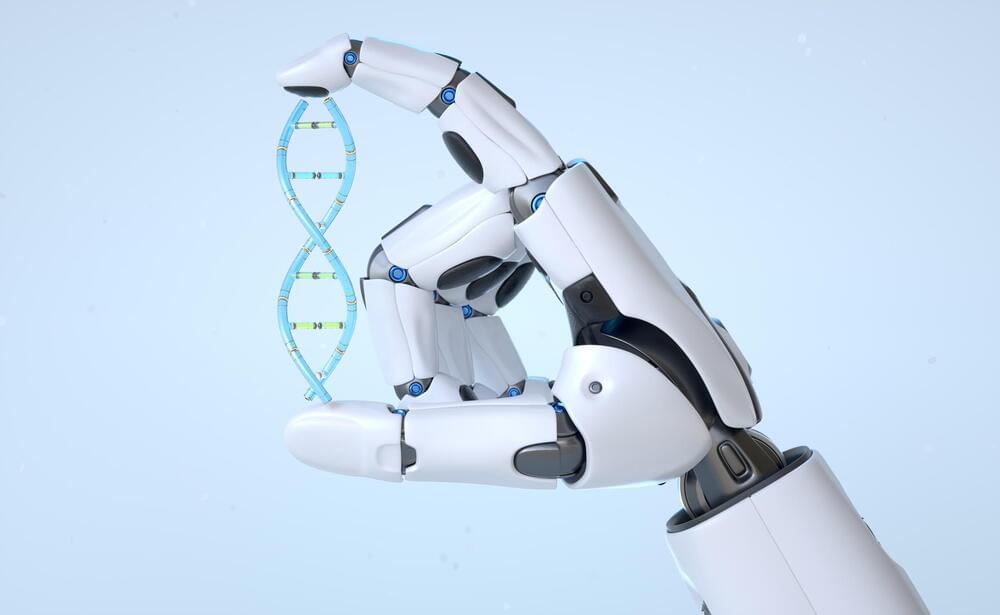
Ark Invest, which is led by CEO Cathie Wood, has been pouring money into semiconductor stocks lately and has made another notable purchase. According to portfolio updates published by the firm yesterday, Wood’s company has increased its investment in Quantum-Si (QSI-6.20%) — a small-cap biotech with a specialized, chip-based platform for protein sequencing.
Ark Invest regularly publishes information about stocks that have been bought and sold for its exchange-traded funds (ETFs), and a recent update showed it purchased more than 1.4 million shares of Quantum-Si stock for its Ark Genomic Revolution ETF (ARKG-1.84%) on Thursday. The purchase would have been valued at roughly $3.7 million based on the stock’s price at market close yesterday, and is the largest investment that Ark has made in the healthcare-tech upstart’s stock so far.
So the question is: Why is Wood excited about this little-known life sciences player?
Imagine a wearable patch that tracks your vital signs through changes in the color display, or shipping labels that light up to indicate changes in temperature or sterility of food items.
These are among the potential uses for a new flexible display created by UBC researchers and announced recently in ACS Applied Materials & Interfaces.
“This device is capable of fast, realtime and reversible color change,” says researcher Claire Preston, who developed the device as part of her master’s in electrical and computer engineering at UBC. “It can stretch up to 30 percent without losing performance. It uses a color-changing technology that can be used for visual monitoring. And it is relatively cheap to manufacture.”



Summary: Researchers have uncovered genes essential for learning, memory, aggression, and other complex behaviors originated around 650 million years ago.
The study utilized computational methods to trace the evolutionary history of these genes involved in the production, modulation, and reception of monoamines like serotonin, dopamine, and adrenaline. This discovery suggests that this new method of modulating neuronal circuits could have played a role in the Cambrian Explosion, contributing to the diversification of life.
The finding offers new research avenues to understand the origins of complex behaviors and their relation to diverse processes like reward, addiction, aggression, feeding, and sleep.
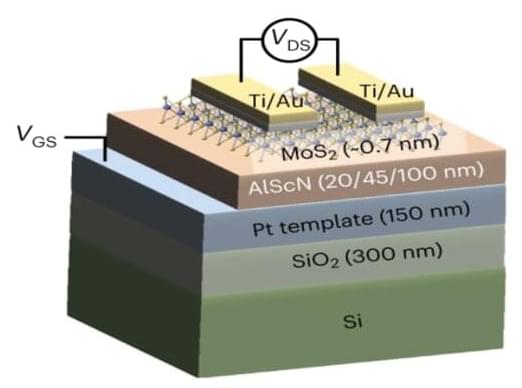
The Big Data revolution has strained the capabilities of state-of-the-art electronic hardware, challenging engineers to rethink almost every aspect of the microchip. With ever more enormous data sets to store, search and analyze at increasing levels of complexity, these devices must become smaller, faster and more energy efficient to keep up with the pace of data innovation.
Ferroelectric field effect transistors (FE-FETs) are among the most intriguing answers to this challenge. Like traditional silicon-based transistors, FE-FETs are switches, turning on and off at incredible speed to communicate the 1s and 0s computers use to perform their operations.
But FE-FETs have an additional function that conventional transistors do not: their ferroelectric properties allow them to hold on to electrical charge.
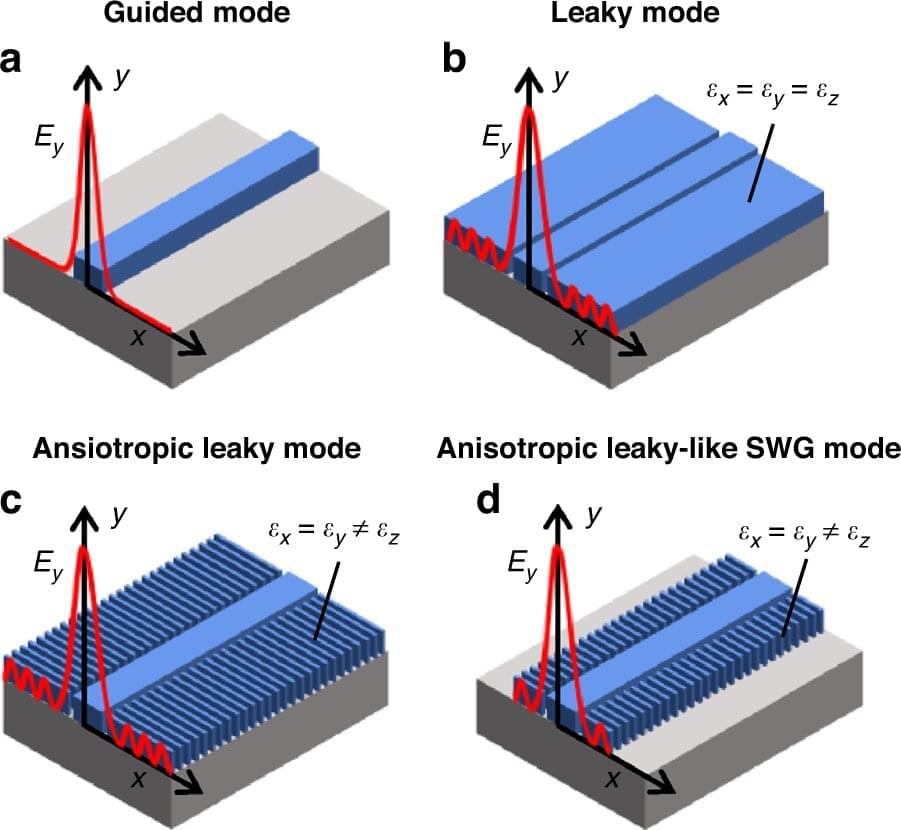
Integrated optical semiconductor (hereinafter referred to as optical semiconductor) technology is a next-generation technology for which many researches and investments are being made worldwide because it can make complex optical systems such as LiDAR and quantum sensors and computers into a single small chip.
In existing semiconductor technology, the goal was to achieve units of 5 nanometers or 2 nanometers, but increasing the degree of integration in optical semiconductor devices can be said to be a key technology that determines performance, price, and energy efficiency.
A research team led by Professor Sangsik Kim of the Department of Electrical and Electronic Engineering discovered a new optical coupling mechanism that can increase the degree of integration of optical semiconductor devices by more than 100 times.